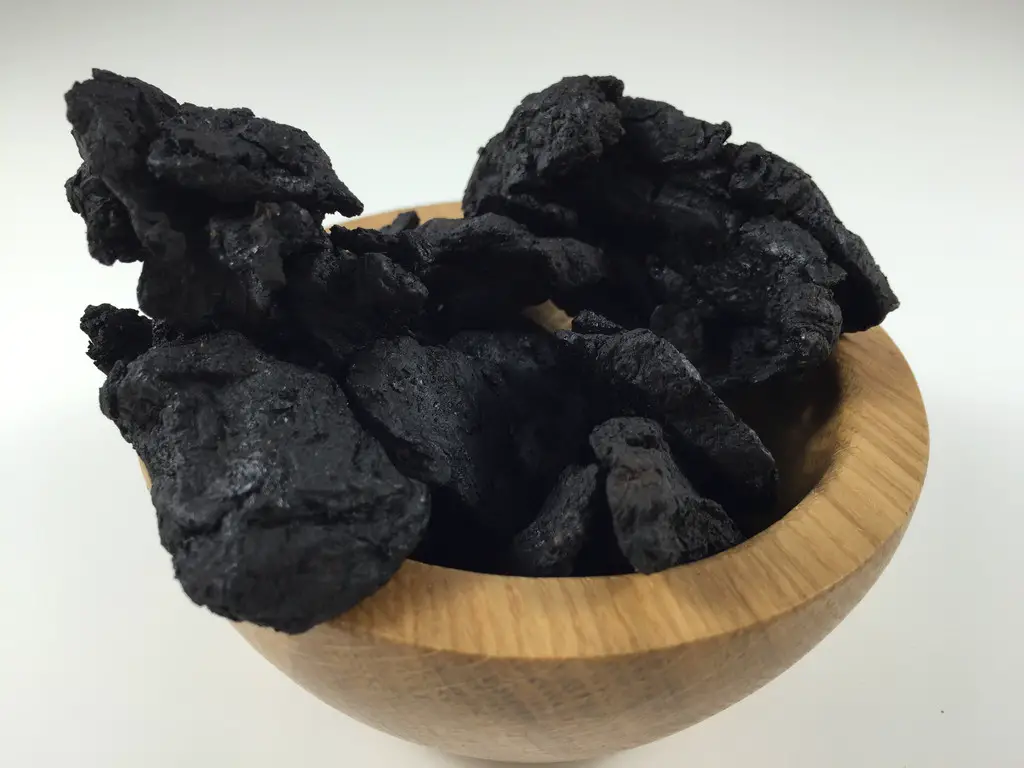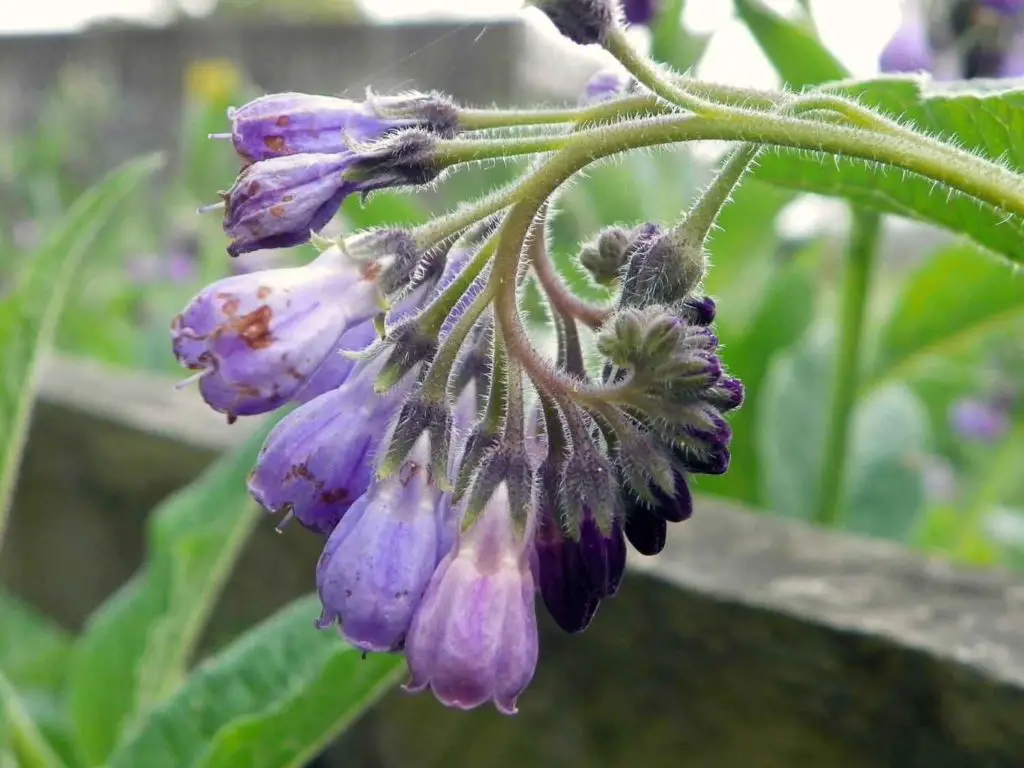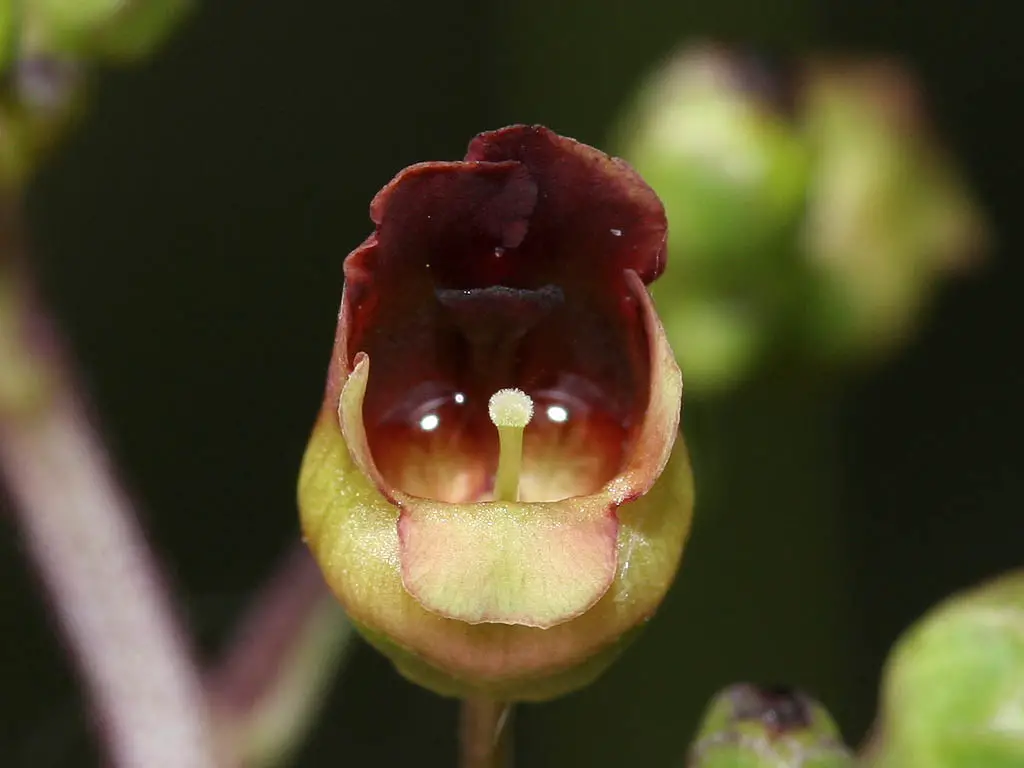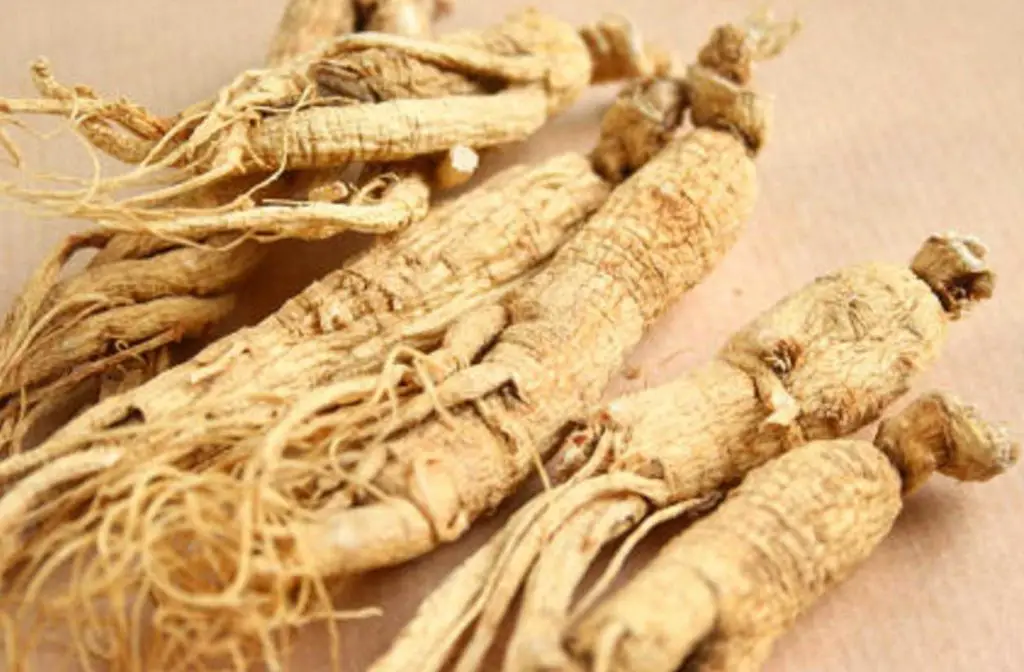What is Rehmannia?
Rehmannia (Rehmannia glutinosa) , also called di huang or Chinese foxglove, is a flowering plant that grows throughout China. It can be referred to as either shēng dì huáng (生地黄) or gān dì huáng (干地黄) – with 生 shēng meaning life and 干 gān meaning dried.
Rehmannia Glutinosa grows to 0.3 to 0.6m tall and has large, deeply-veined leaves, and trumpet-shaped, purple flowers covered with fuzz. The shape of the flowers bears a resemblance to the common foxglove. The word glutinosa in Latin means glutinous or sticky, referring to the starchy root of the plant, which is the portion used medicinally. In traditional Chinese medicine, rehmannia is used for a wide variety of conditions. Most commonly, it is combined with other complementary herbs using various formulas. These formulas, discussed below, are extremely popular in Chinese medicine and have also been used in veterinary practices.

Rehmannia is thought to nourish the yin, the qualities of which include coolness, dampness, and a downward direction. The Rehmannia root is dark brown in colour, and with its high viscosity, it was once thought to be ideal for settling the qi and drawing it downwards, so that it can flow properly throughout the body. Its original uses ranged from healing broken bones, removing blood impurities, and encouraging muscle growth, to treating fevers. Additionally, it was considered as a tonic for the liver and kidneys—not necessarily the actual organ systems, but the ancient Chinese concept of these systems and their role in aging, building strength, and their interconnectivity with other parts of the body.
Rehmannia can be taken fresh, dried, or as a steamed preparation with water and rice wine. However, it is most commonly found as a pill or extract.
Rehmannia Root Benefits and Uses
- Increases Testosterone
- Brain Health & Cognitive Performance
- Treats Diabetes
- Gastrointestinal Health
- Antioxidant
- Antiinflammatory
- Liver and Kidney Tonic
- Reduces Menopause Symptoms
It is difficult to say what pharmacological properties Rehmannia has, since clinical trials of the plant are scarce and it is often used in combination with other herbs. It is known that its main active ingredient is catalpol, an iridoid glycoside that makes up 3-11% of the fresh root. Studies have shown that catalpol may produce the following benefits:
Cognitive Performance
Catalpol may have an antioxidant effect on glial cells, which make up the protective layer surrounding neurons that is necessary for cognitive health.
Increases Testosterone
The Rehmannia Eight Formula increases estradiol and testosterone levels in aging female and male rats.
Treats Diabetes
Rehmannia was shown to decrease hyperglycemia in diabetic rats.
Gastrointestinal Disorders
An aqueous extract of rehmannia reduced mucosal damage in the stomach, as well as reduced gastric acid production.
Overall, Rehmannia has demonstrated antioxidant and anti-inflammatory properties, but its full benefits and efficacy have not yet been determined. Besides clinically studied benefits, Rehmannia also has several uses based on traditional Chinese concepts. For example, it has been used to reduce menopause symptoms due to its yin-nourishing nature, which promotes coolness. It has also been used in China for treating bronchial asthma via the kidneys.

Rehmannia Root Formulas
Rehmannia is frequently taken as one of the following formulas:
Rehmannia Six (Liu Wei Di Huang Wan), originally developed in the Song dynasty as a pediatric treatment, consists of rehmannia, cornus fruit, Chinese yam, alisma (to promote digestion), poria, and moutan bark. The first three herbs act as a tonic, and the last three act as a sedative.
Rehmannia Eight (Ba We Di Huang Wan) is a derivative of Rehmannia Six. Noted for treating urinary disorders in the Jingui Yao Lue. It contains all the above herbs, plus cinnamon and aconite. However, since aconite is very poisonous, it is sometimes replaced in modern-day formulas. Both formulas are used primarily for treating kidney ailments. Rehmannia Eight is also used quite commonly for treating animals as well as humans.
Rehmannia Six and Eight have many derivatives which are made by adding and subtracting herbs. It is common to find blends such as Rehmannia 11 and 16, as well as more modern formulas such as Rehmannia Endurance, an energy-boosting pill that is based on Rehmannia Six.
Rehmannia is one of our favorite antioxidants, and anti-inflammatories. It’s also great for cognitive performance. here
— MedicinalHerbals (@MedicinalHerbal) February 27, 2017
Rehmannia Root Side Effects
Rehmannia is generally a very safe herb, and its side effects are mild. Rehmannia has high levels of stachyose (an indigestible starch also found in beans), and sugars such as fructose, glucose, and sucrose. Because of these compounds, the herb can cause gas, bloating, and digestive upsets. This effect is mitigated by taking it in pill form, or by taking it with other herbs such as ginger and cardamom. Pregnant women, or women who wish to become pregnant should not take Rehmannia, as it was traditionally used as an emmenagogue. Although studies using rats did not show any teratogenic or abortifacient effects, it may prevent embryo implantation, and is best to be avoided. Serious side effects from taking Rehmannia are inconclusive, however those with liver disease or a gastrointestinal condition should avoid it. The Pharmacopeia of the Republic of Korea lists liver disease as a contraindication.
Ways to Take Rehmannia
Rehmannia can be taken in a variety of forms. The whole root can be prepared as a decoction by simmering it in water for about half an hour, and straining the liquid. Powdered extracts are also available, which can be mixed into water or food. However, the most common form available is Rehmannia pills, including Rehmannia Six and Rehmannia Eight pills. Rehmannia Eight, especially, is exported to North America as small “tea pills.” The main difference between taking the whole root—either fresh, dried, or prepared—and the pills, is that pills are more convenient and less likely to cause digestive problems. Traditionally, the herbs of Rehmannia Six and Eight were mixed with honey and formed into balls to be consumed.

Rehmannia Root Dosage
There is little information about proper rehmannia dosage. Most herbal supplements recommend 2-3 pills a day, but dosages will vary and it is important to follow the instructions on the label. A Rehmannia Eight formula produced by the company Health Concerns suggests 2-3 650mg pills daily, while the Rehmannia Endurance supplement produced by Planetary Herbals suggests three 637mg pills a day. Some Chinese-made pills are very small, and large quantities of them are meant to be taken. Additionally, there are no definite guidelines on how long Rehmannia should be taken for. Most studies on its efficacy have focused on treating diseases, rather than as a general tonic, suggesting its use should be limited to specific disorders.
Rehmannia for Cats and Dogs
Rehmannia Eight has been used in veterinary practices, primarily to treat renal problems in aging animals. It is supposed to increase renal blood flow and reduce hypertension, although it should not be used in cases of acute nephritis. It may also be used in cases of feline hyperthyroidism, constipation, and cognitive problems. Usually, Rehmannia Eight is only used on an acute basis, to treat diseases for up to three months. It is best to consult with a veterinarian or herbalist before giving Rehmannia to animals.
Final Thoughts on Rehmannia Root
Although Rehmannia has undergone very little clinical research, it has been used by humans for centuries and is regarded as a generally safe herb. Be sure when taking Rehmannia formulas to check the other herbs in the blend in case there are any you may be sensitive to. It is also a good idea, if choosing Rehmannia Eight, to make sure that your formula does not contain aconite. Even though it is part of the traditional formula, this is an extremely toxic herb and should be avoided for safety reasons. Lastly, remember that many of the stated uses of Rehmannia, especially kidney problems, are based on tenets of Traditional Chinese Medicine and not the actual organ systems. Therefore, actual results from taking Rehmannia may vary.
References:
http://www.civtedu.org/uploads/41572/ufiles/Ba_Wei_Di_Huang_Wan.pdf
http://www.aompress.com/book_formulas/pdfs/Sample_Monograph_Liu_Wei_Di_Huang_Wan.pdf
http://onlinelibrary.wiley.com/doi/10.1111/j.1753-0407.2011.00130.x/full
http://www.ncbi.nlm.nih.gov/pubmed/25698243
http://www.ncbi.nlm.nih.gov/pubmed/14698506
http://www.sciencedirect.com/science/article/pii/S037887410800069X





Hi, I have Inclusion Body Myositis. Do you think Rehmannia may help significantly?
Hi Russ,
I’ve seen no evidence to suggest that Rehmannia would help with Inclusion Body Myositis.
If you can provide the document you think might suggest this, I can investigate further.
Is this safe for someone in stage 4 Renal disease? (The conventional Dr doesn’t approve of non conventional meds but i see great results following TCM principles…..)
Hi Ruth,
I would personally follow your conventional doctors advice. Conventional doctors use large scale studies to base their recommendations off of. Unfortunately to date, Traditional Chinese Medicine hasn’t had many large scale trials to go off of, thus no concrete evidence. Hopefully that changes soon. It’s important to trust your doctor, and if you don’t find one that you do trust!